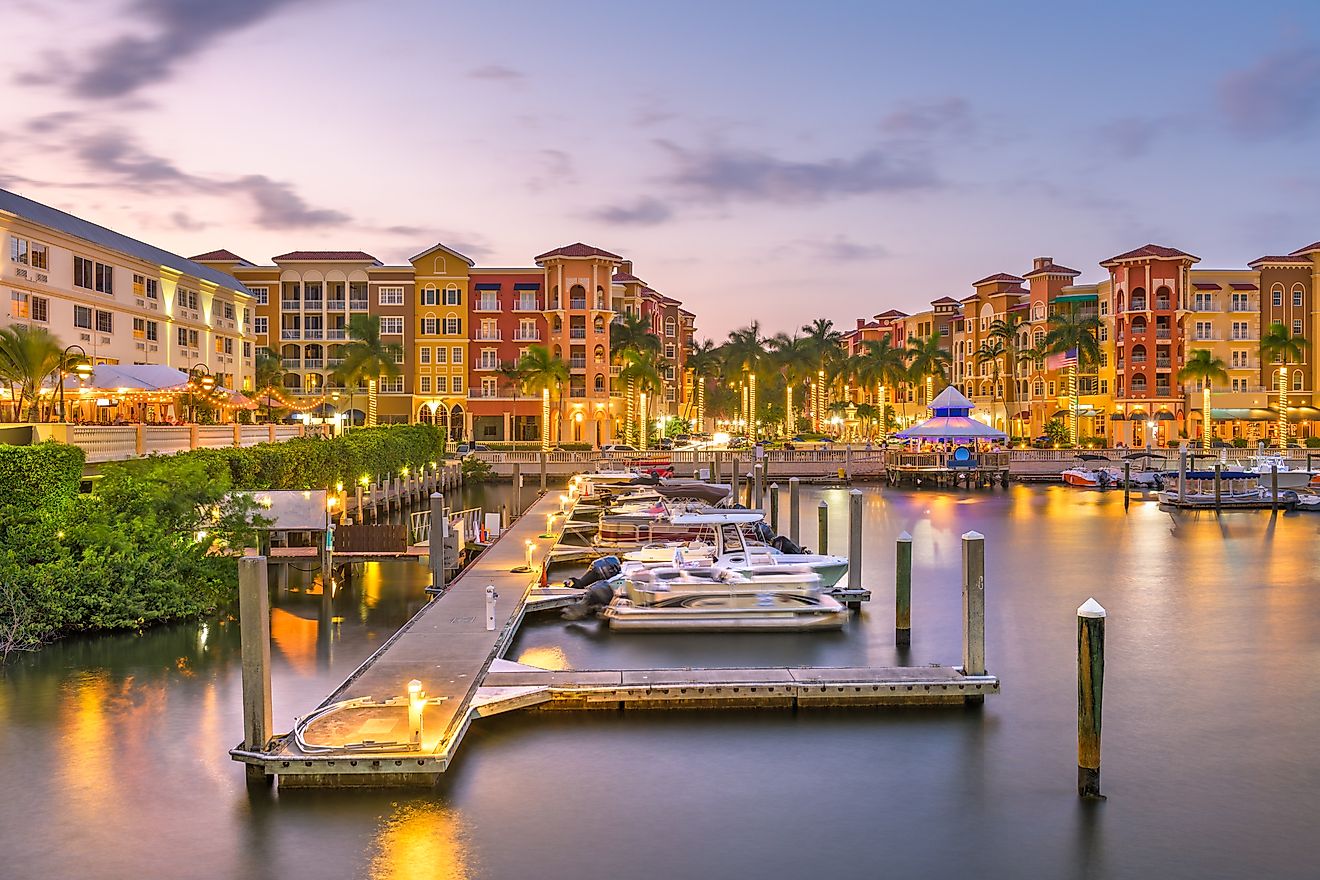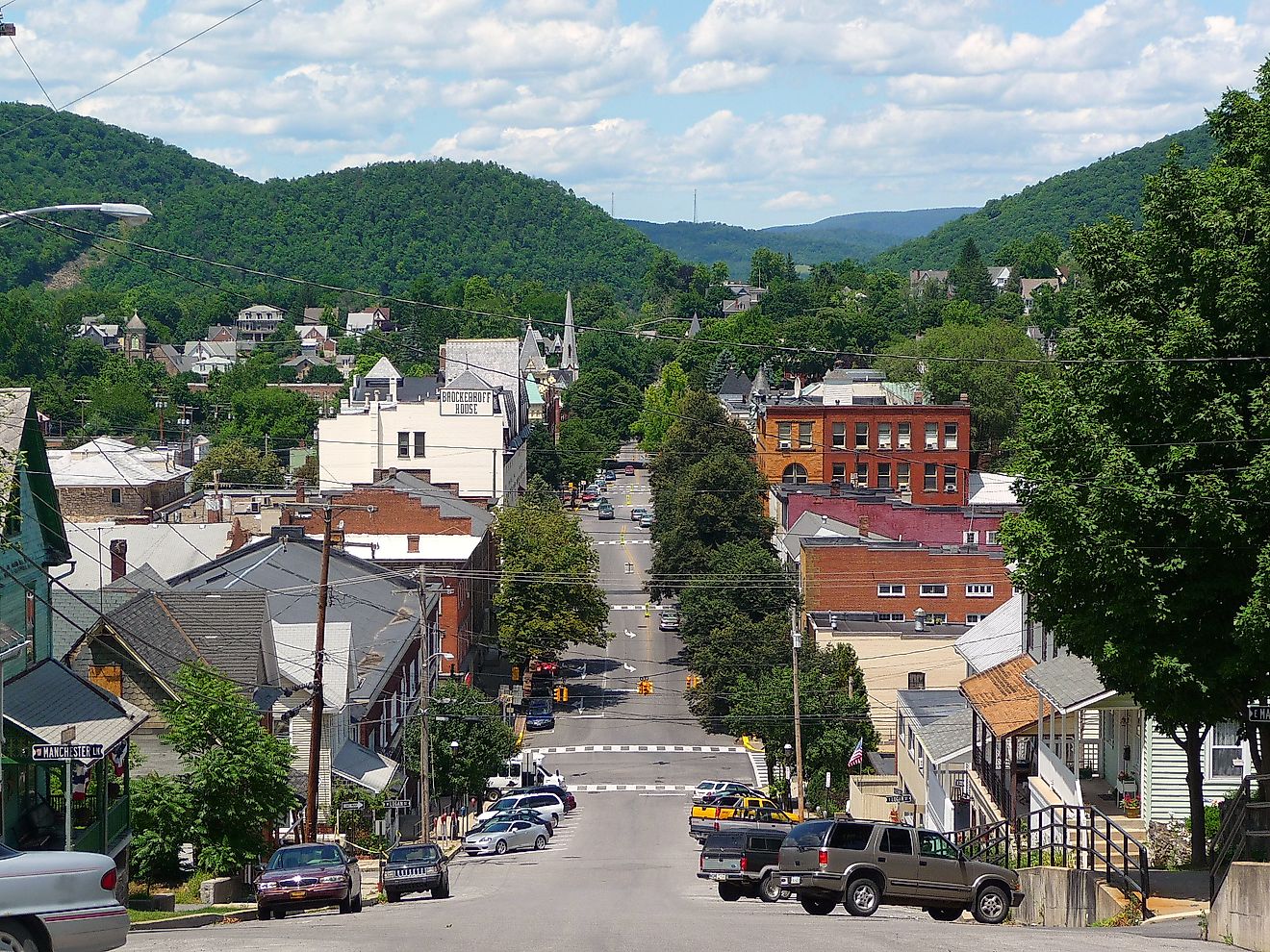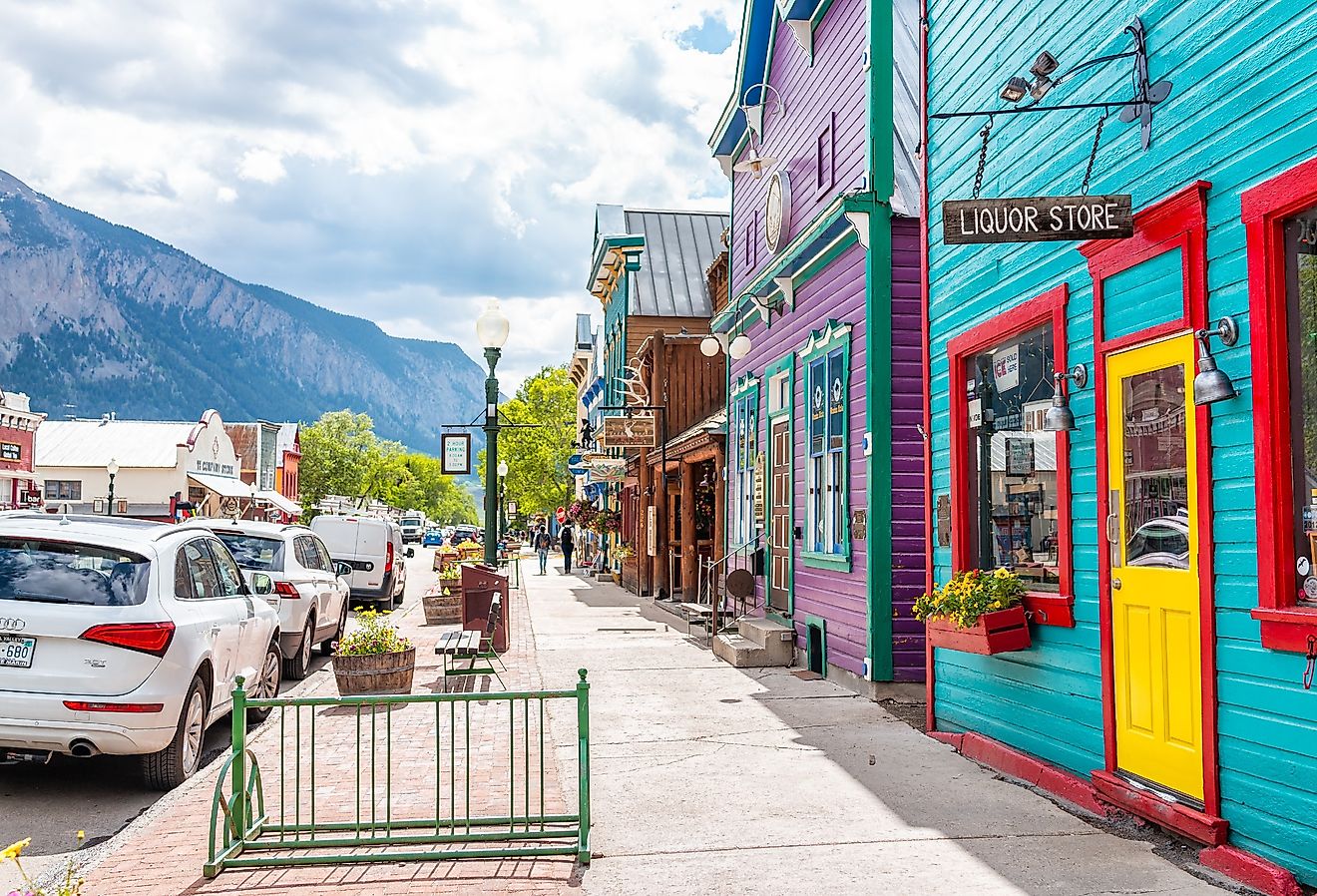
Manhattan, Kansas
Nicknamed the “Little Apple” for a borough in New York City with the same name, Manhattan is a college town as it serves as the home of Kansas State University. The city was initially founded under the name of New Boston. However, an unusual circumstance on the Kansas River led to a request for a name change. Manhattan is a quaint community known for its picturesque downtown, tap houses, wineries, and Tuttle Creek Lake. Visitors flock here from the big cities for quietness, with Manhattan sometimes referred to as a retirement town.
Geography And Climate Of Manhattan

Manhattan is a city situated in the northeastern portion of the US State of Kansas. The city covers a total area of 48.67 sq. km, of which 0.08 sq. km is covered by water, and 48.59 sq. km is occupied by land. Manhattan is situated along the Kansas River, approximately 80 km west of Topeka. Manhattan lies in a physiographic area of the Flint Hills. This region is found in north-central Kansas and has been named for its abundance of flint in the ground. To the north of Manhattan is the body of water known as the Tuttle Creek Lake. This reservoir is maintained by the army corps of engineers for flooding. Secondly, its water levels are conditioned for drought control or as a water outflow for barge traffic.
According to the Köppen Climate Classification, Manhattan experiences a humid continental climate. As such, the city experiences four seasons, with humid summers and snowy and windy winters. Over a year, Manhattan receives 907mm of precipitation over 91 days and snowfall of 17.6 inches per year. The coldest month is January, with an average low of -8.2 °C and the warmest month is July, with an average high of 32.2 °C.
History Of Manhattan

Before the settlement of Manhattan, the land belonged to the Kaw Indians. Thus, the area was formerly a tribal dwelling known as the Blue River Village. The rights to the land were signed over in 1854, and the land was opened to settlers after the Kansas-Nebraska Act was passed. The New England Emigrant Aid Company founded would-be Manhattan as a combination of the area settlements: Polistra and Canton. Nonetheless, it was eventually named New Boston. In 1855, a steamboat carrying settlers from Ohio ran ashore on the Kansas River. The passengers that were heading further upstream to Junction City were stranded. New Boston offered for the passengers to stay, but they requested the city's name be changed. As a result, the town was renamed Manhattan in June 1855. Around the time of statehood, Manhattan was known for its anti-slave stance, making it a target of pro-slavery guerrillas. As such, the nearby Fort Riley served as protection and fended off the evaders. In 1859, Manhattan saw an increase in traffic in the area with the discovery of gold in the nearby Colorado Territory. As the miners prepared to trek the Smoky Mountain Trail to Pikes Peak, Manhattan served as the last town for supplies. The addition of the Union Pacific Railroad saw the population boom and further cemented Manhattan's development as a city in Kansas.
The Population And Economy Of Manhattan

Manhattan has a population of 53,467 inhabitants and a population density of 1,000 people per sq. km. The median household income is $68,872, and the gross monthly rent is $910. The average age of a resident is 24.5 years old. On the cost of living index, Manhattan rates at 88.2, whereas the state of Kansas is 83.1. Yet, 26.32% of the population lives below the poverty line.
The unemployment rate is 3.0%, whereas the US unemployment rate is 6.0%. The top industries that make up the city's economy include educational services with 26.1% overall, retail trade with 13.3%, and food and accommodation services at 11.0%. Manhattan is a college town, and Kansas State University is the top employing sector. The American Baking Institute (ABI) can be found here. Opening its doors in 1919, the ABI strives to educate food and beverage supply chains on the importance of food safety. Additionally, The facility offers courses on baking science, food engineering, and labeling products.
Attractions In Manhattan
Tuttle Creek State Park

Located on Tuttle Creek Lake, Tuttle Creek State Park is a popular three-season destination. This green space offers many activities on its 1,200 acres from spring to late fall. Activities include hunting, fishing, hiking, mountain biking, disc golf, volleyball, swimming, and archery. Tuttle Creek offers camping in the summer, which allows visitors to experience the Flint Hills for themselves.
Flint Hills Discovery Center
The Flint Hills Discovery Center has 10,000 square feet of exhibit space. Its purpose is to educate children on the significance of the Flint Hills and prairies through preservation. Flint Hills Discovery Center offers facilities such as the immersive experience theater and its outdoor space of the Prairie Garden Terrace and Trail. Notable permanent exhibits include the Underground Forest, Where the Air is Pure, and Blowing Winds in the Tall Grass, to name a few. The Discovery Center has a rotation of temporary exhibits and offers an assortment of family-friendly events.
Kansas State University Insect Zoo
Found at the Kansas State Garden, the Kansas State University Insect Zoo is a collection of live specimens. Exhibits of interest include an observation beehive, a tropical night house cave, a tropical Amazonian tree, and a flooded Amazonian rainforest. Visitors can see a variety of tarantulas, scorpions, and giant cockroaches. The zoo's purpose is to educate and bring awareness to species that are often misunderstood and feared.
Home to Kansas State University and the American Baking Institute, Manhattan is a peaceful college town found in the Flint Hills. To many, it's a place to seek solitude among the natural landscape with Tuttle Creek Lake, the Kansas River, and the tall grass of the prairies nearby. Whether coming here to study or retire, Manhattan is a small community that offers a tranquil space for all.











